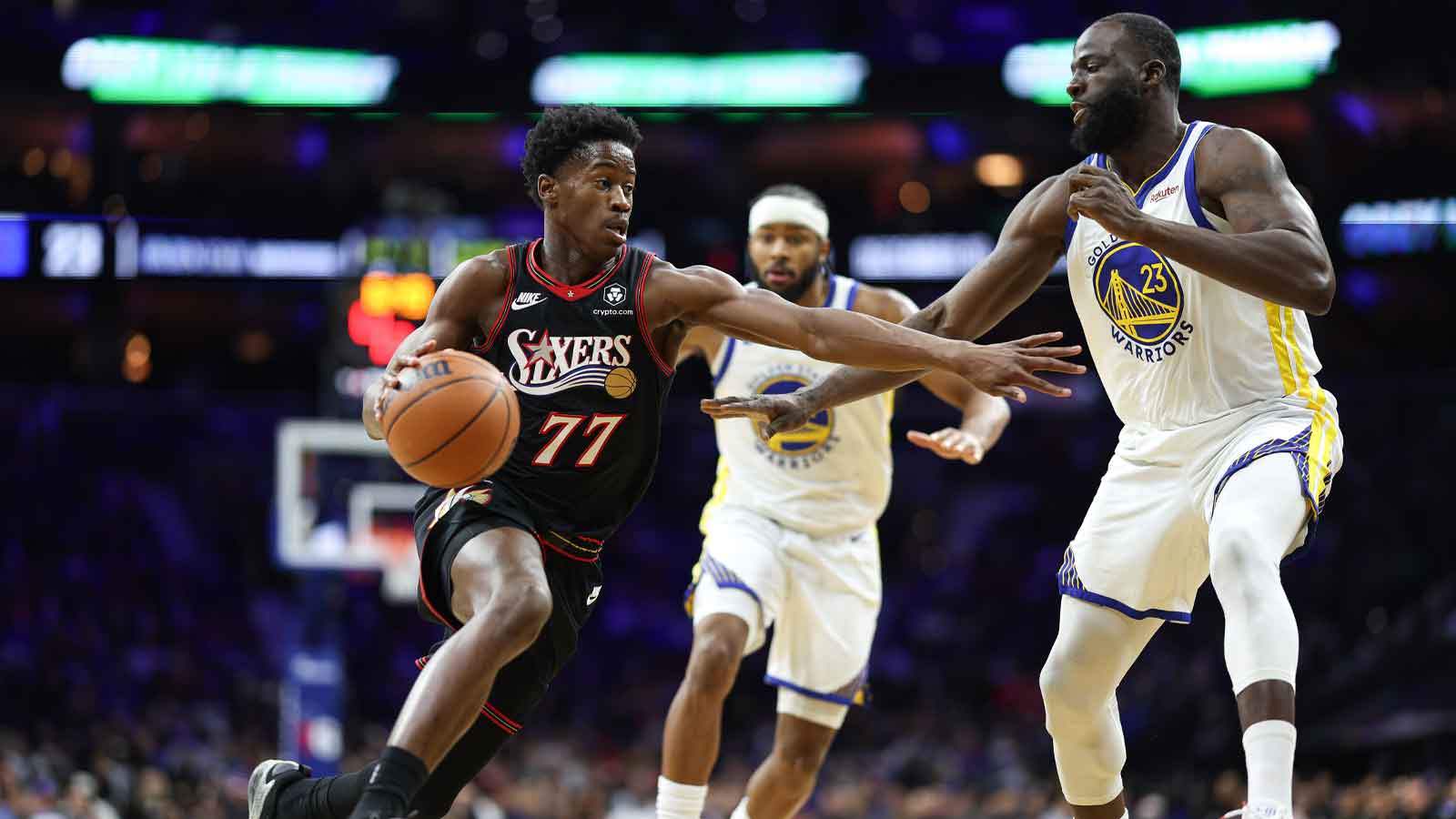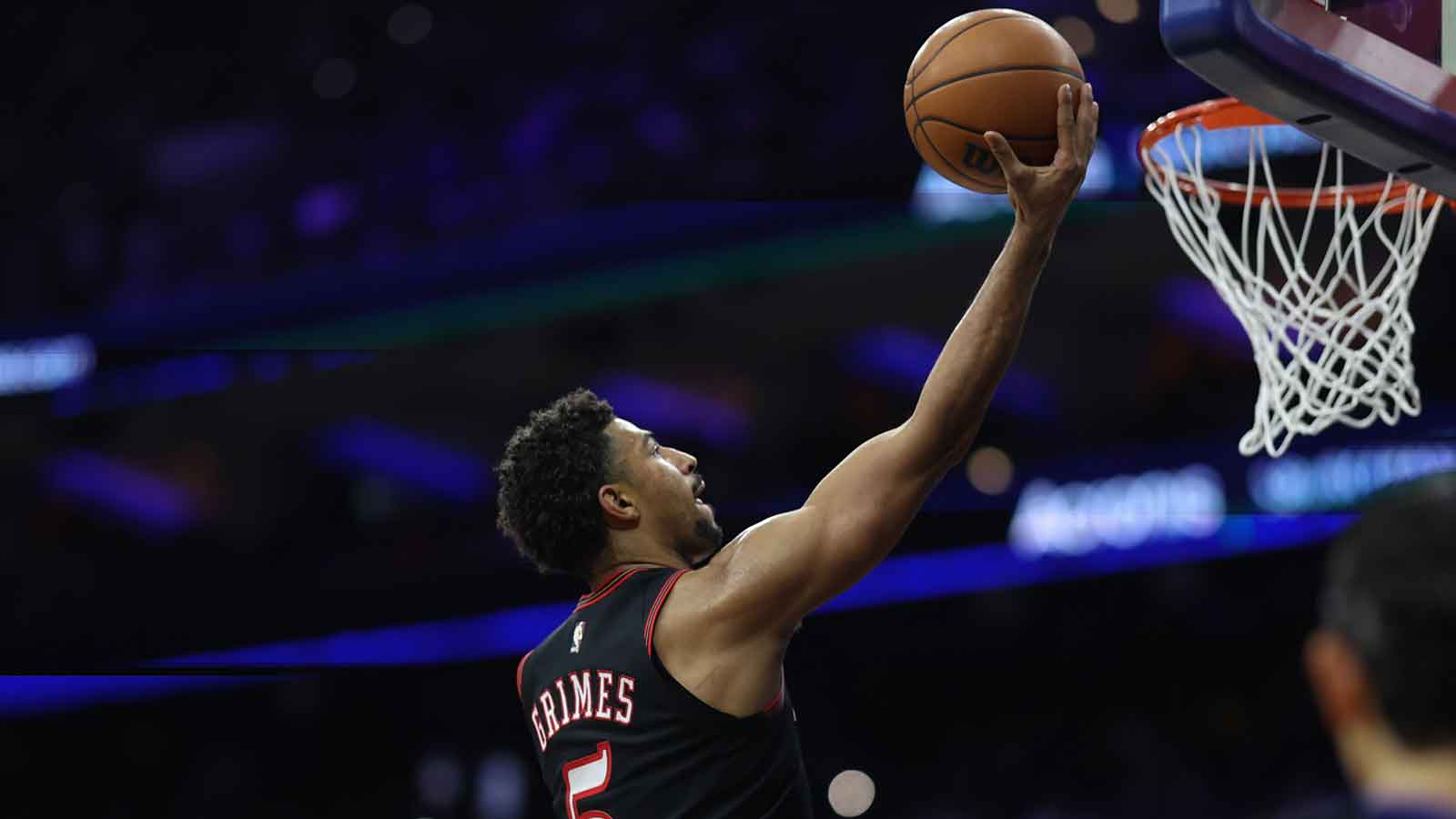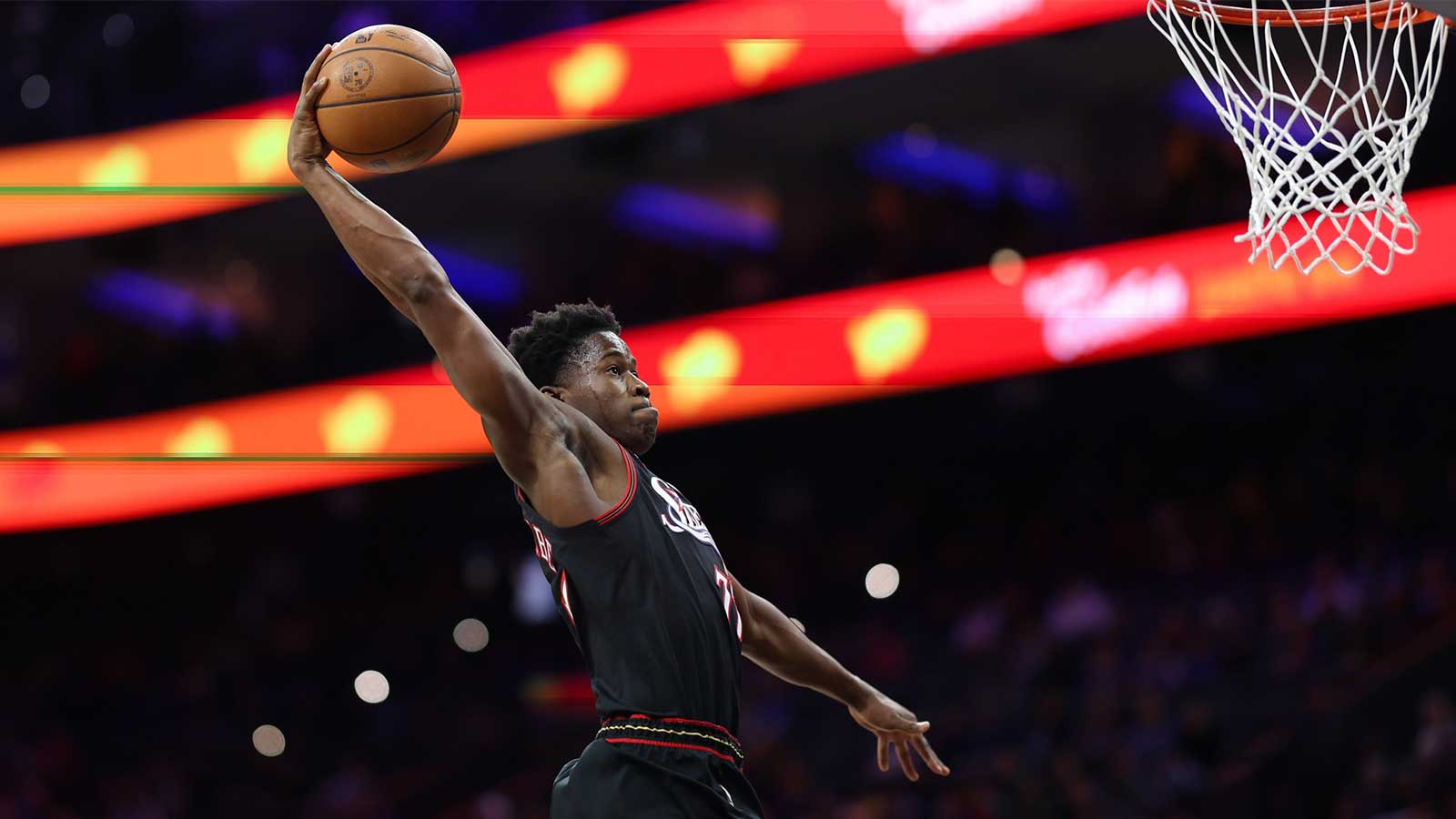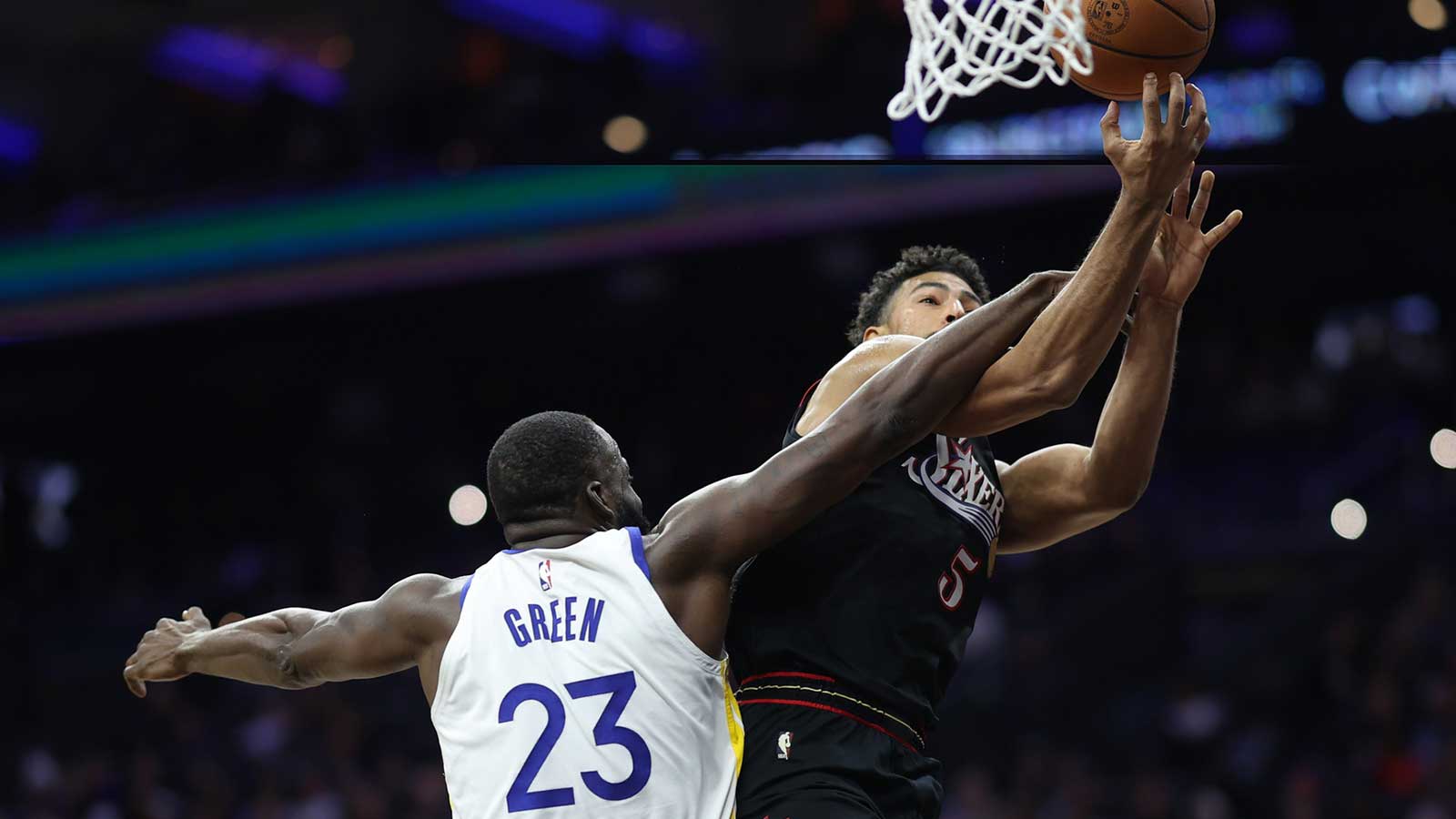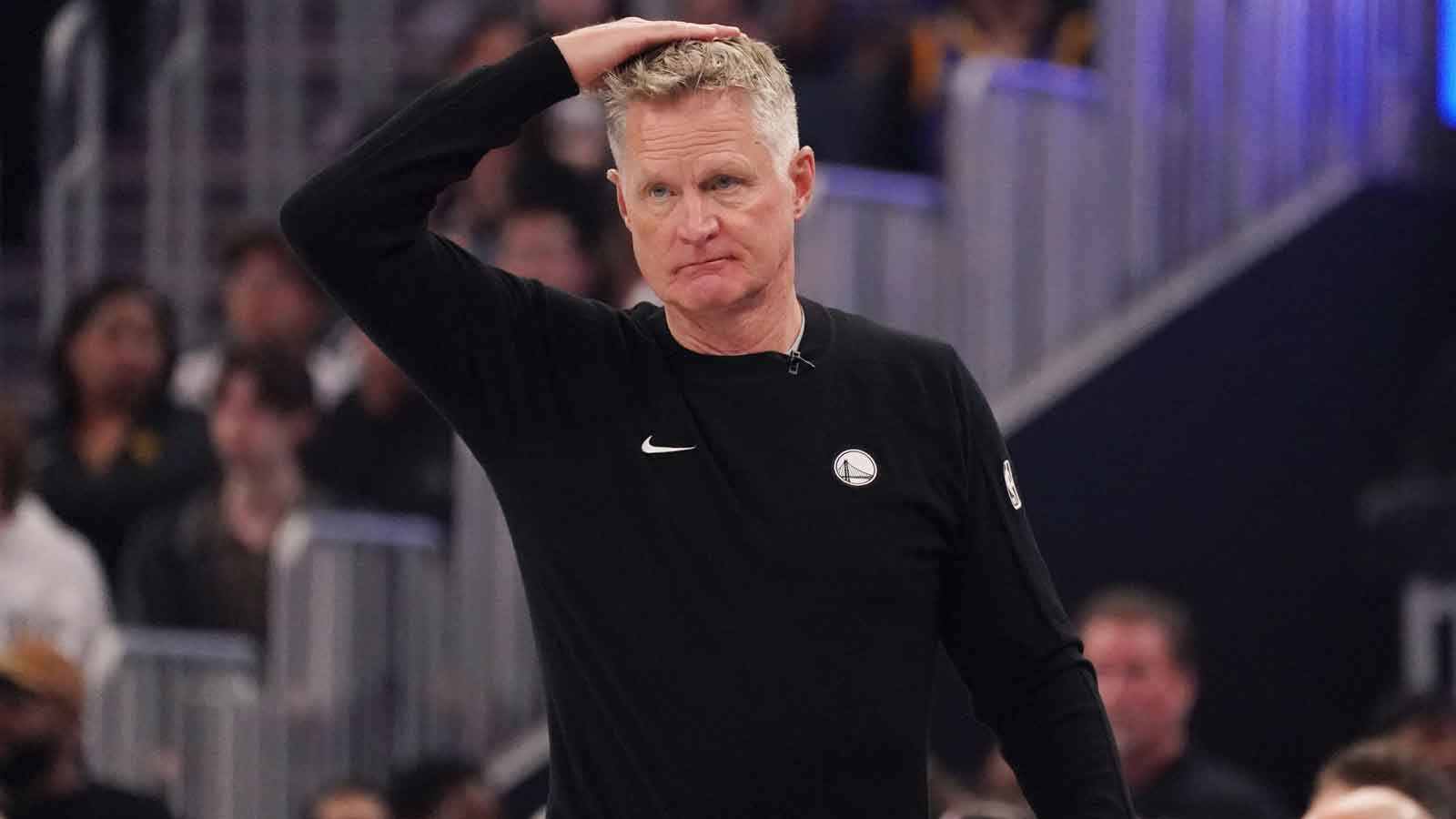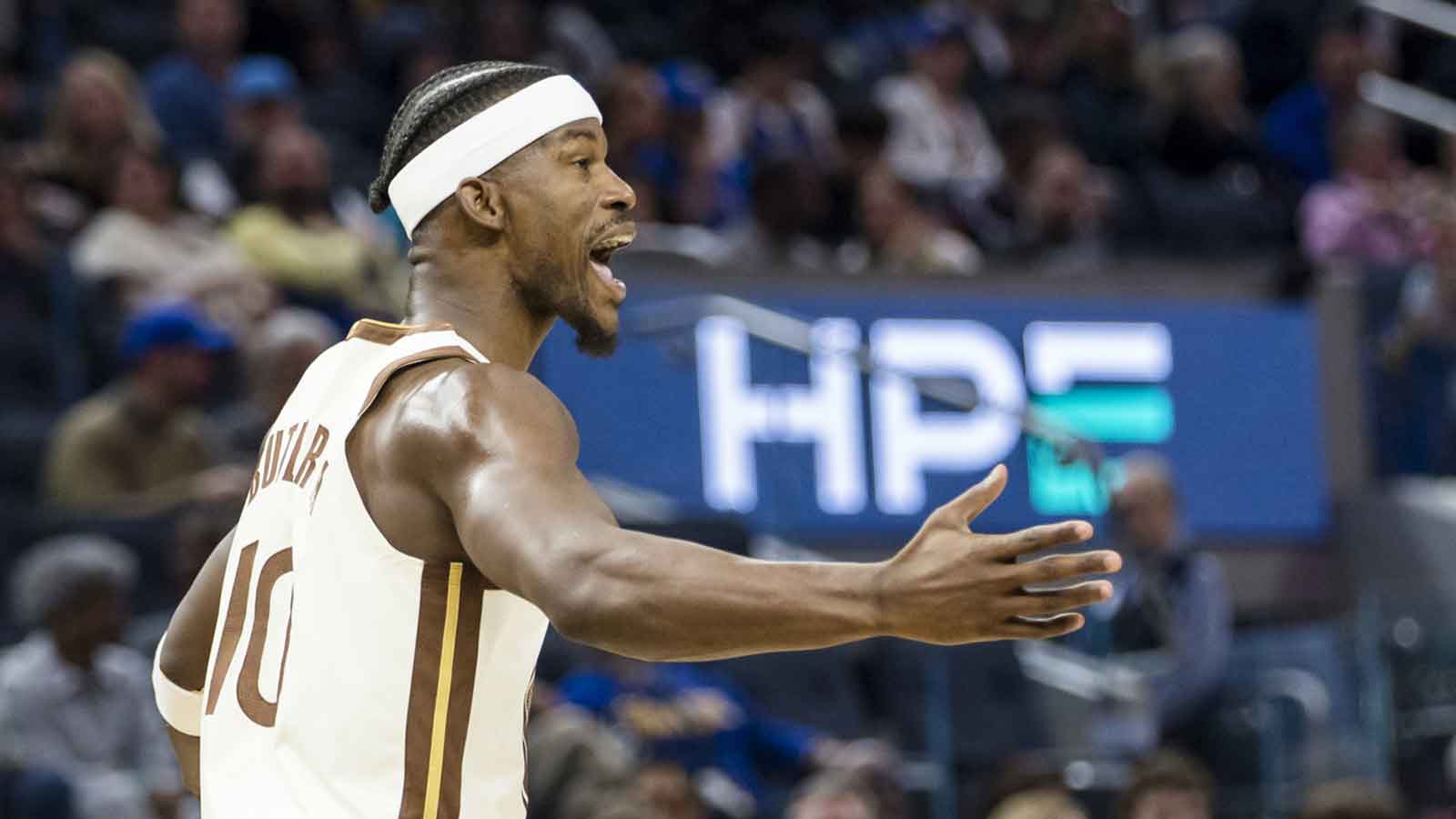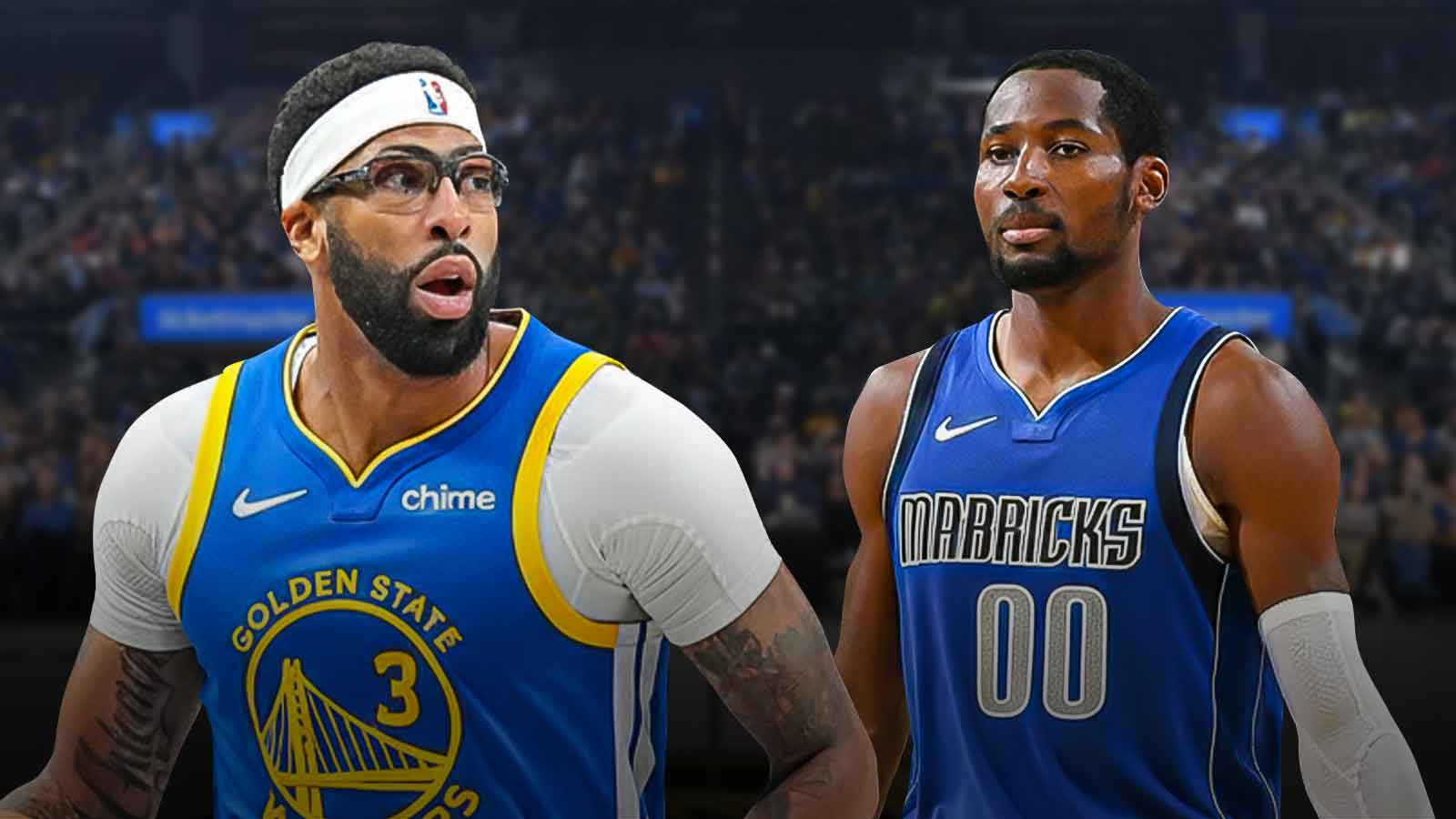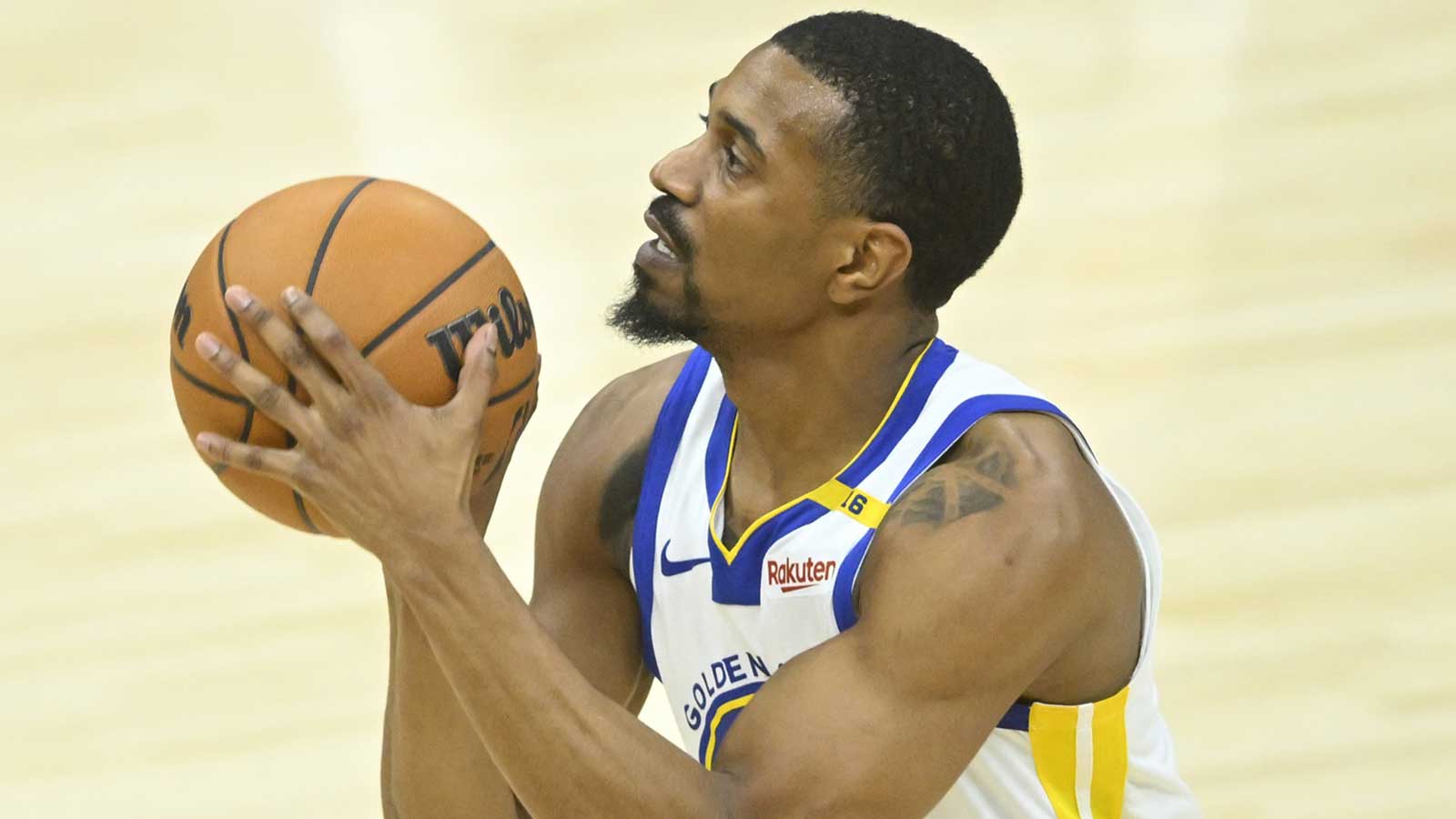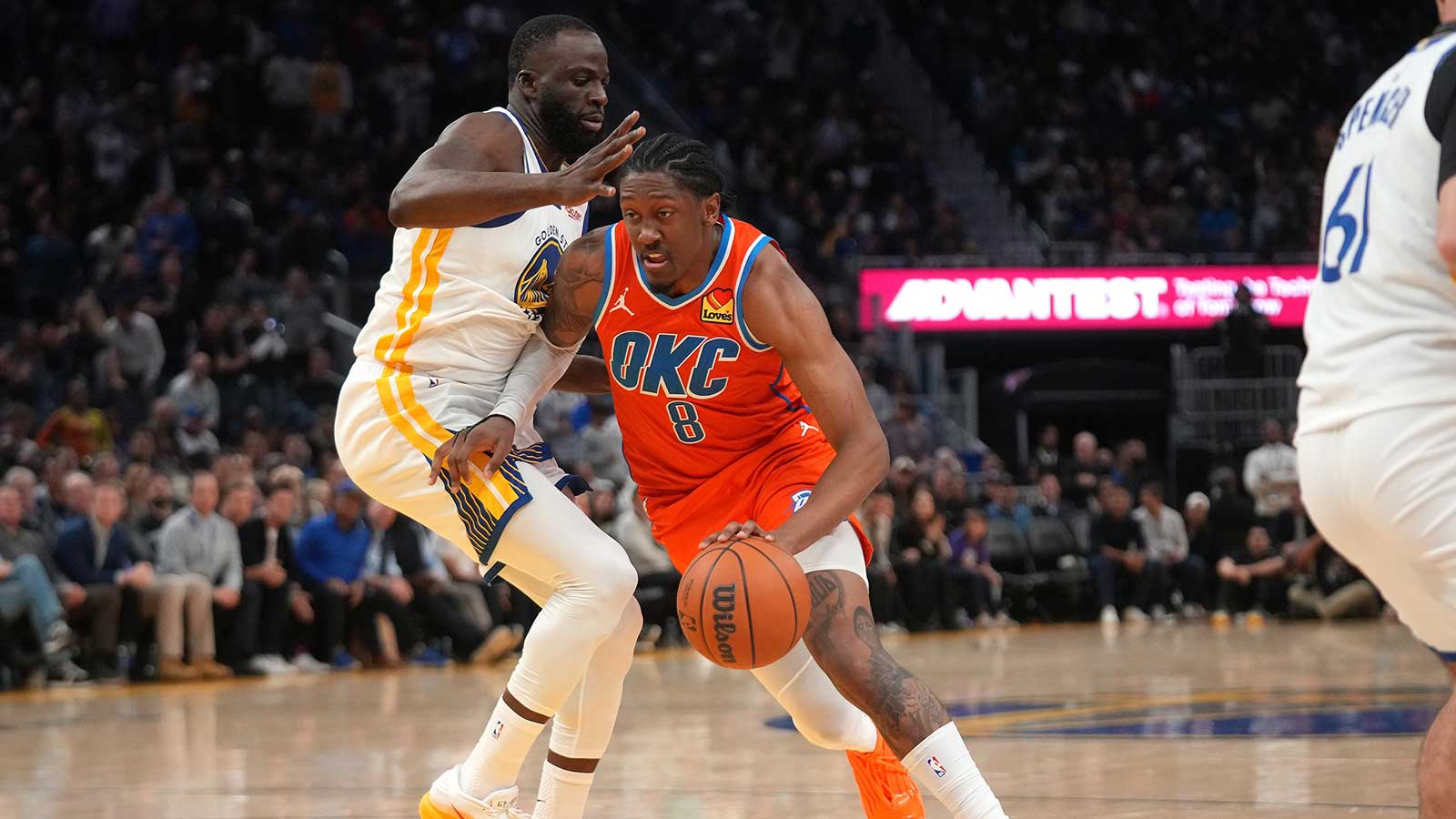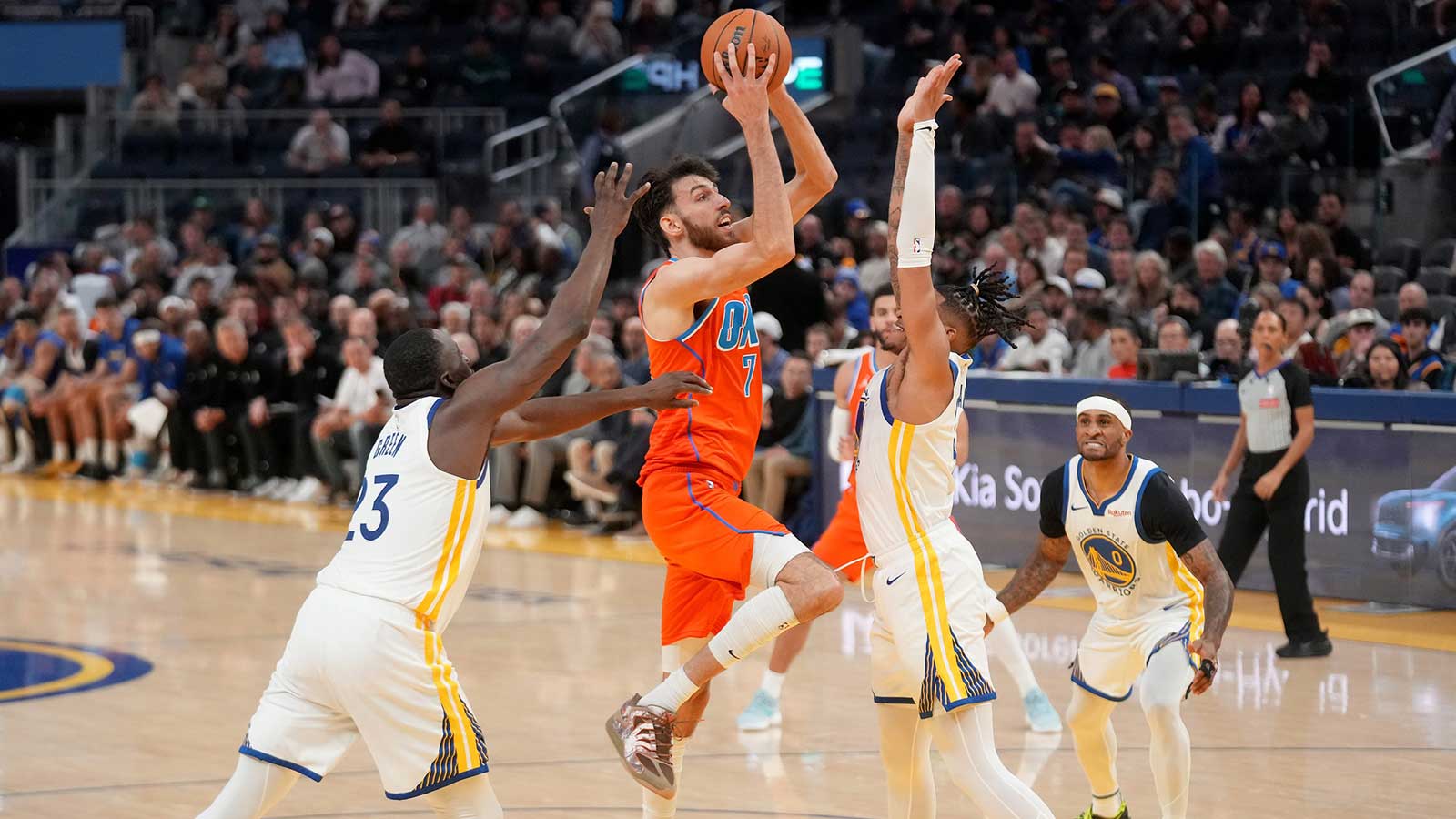Two Larry O'Brien Trophies and four straight trips to the NBA Finals later, it's easy to forget that many thought the Golden State Warriors' first championship deserved an asterisk.
It wasn't just Cleveland Cavaliers fans, frustrated by the absence of Kevin Love and Kyrie Irving in the first of three consecutive June matchups between their team and Golden State, or league followers who were painfully slow to realize the postseason efficacy of a title team subsisting on jumpers who publicly voiced that belief, either. Even Doc Rivers, whose LA Clippers flamed out with a stunning loss to the Houston Rockets in the conference semifinals, publicly contributed to that discussion.
“You need luck in the West,” he told Grantland's Zach Lowe two weeks before the Warriors received their championship rings on opening night of the 2015-16 season. “Look at Golden State. They didn't have to play us or the Spurs.”
Rivers wasn't wrong. Luck always factors into a team's run to the championship, and the Clippers and Spurs, after finishing second and third in net rating during the regular season, indeed might have been the Warriors' toughest competition in 2014-15. They certainly got a break in the Finals, when LeBron James willed his undermanned team to a 2-1 lead before Golden State righted the ship by embracing small-ball full-time.
But the Warriors, of course, proved all that talk moot, breaking the 1995-96 Chicago Bulls' record for most wins in the regular season – one broadly considered untouchable – by going a ridiculous 73-9 the following season. They were well on their way to back-to-back championships when Draymond Green took exception to James stepping over him in Game 4 of a highly-anticipated Finals rematch, earning an automatic one-game suspension after the league retroactively issued him a flagrant foul.
The rest, as the saying goes, is history. Cleveland, in the defining achievement of James' career, became the first team ever to come back from a 3-1 deficit with the title on the line, prompting Green to begin his recruitment of Kevin Durant from the Oracle Arena parking lot mere hours after Golden State fell in Game 7. The Warriors fulfilled expectations from there, winning consecutive championships in a manner many league followers, rightly or wrongly, deemed perfunctory, before injuries robbed them of the chance to three-peat in June.
The Golden State juggernaut exists no more. Durant has moved on, Andre Igudoala was traded in a salary dump, Shaun Livingston seems poised to transition to a front office role, and Klay Thompson won't return to the floor until February at the earliest. The presence of Steph Curry, unleashed offensively to an extent not seen since his unanimous MVP season, and Green ensures the their team will retain at least some fabric of the identity that sparked so much success. These new-look Warriors will hardly be pushovers, and are probably underrated going into 2019-20.
But Golden State's dynasty is done regardless. And as the most wide-open season in a decade fast approaches, it's worth pondering how the bygone Warriors stack up to other all-time teams of recent lore before it tips off.
The early 2000s Los Angeles Lakers did what Golden State couldn't, becoming just the fifth team in league history to win three straight championships. The San Antonio Spurs won five titles across Tim Duncan's career, making the playoffs an ongoing record of 18 consecutive seasons. The Miami Heat, with James, Dwyane Wade, and Chris Bosh, were champions in 2011-12 and 2012-13 and won the East four years in a row, at times reaching an apex level of play it was hard to imagine had ever been duplicated.
None of them were as good as the Warriors.
There are many numbers supporting that reality. No team has ever won more games over a five-year span than Golden State's 322 since Steve Kerr took the reins in 2014-15. The Warriors finished top-three in both net rating and offensive rating each of those seasons; their +11.4 net rating in 2016-17 is the NBA's best dating all the way back to 1996-97, in the midst of Michael Jordan and the Bulls' second three-peat. Golden State nearly went undefeated in the playoffs during Durant's debut season, too, starting a record 15-0 before Cleveland took Game 4 of the 2017 Finals at Quicken Loans Arena.
But a better justification of the Warriors topping other dynasties of the modern era might be how their style of play continues to inform the rest of the league.
Small-ball was a novelty, even for Golden State, before Kerr changed his team's destiny midway through the 2015 Finals. All-court switching defensively was considered the path of least resistance, a gambit most coaches only resorted to when forced. The notion that so-called “jump-shooting teams” couldn't win on the game's biggest stage was always foolish, but still hadn't been proven wrong until the Warriors did it four years ago. The Heat and Spurs fully embraced the tenets of pace and space in the mid-2010s; Golden State took that approach to an entirely new level, passing, cutting, and running their way to layups and three-pointers seemingly at will.
The Warriors, basically, changed basketball forever. There was no hope for competing teams to find a tandem like Shaquille O'Neal and Kobe Bryant, foster a culture like the one instilled by Duncan and Gregg Popovich, or be led by a player as singularly gifted as James. But the rest of the league can absolutely try to leverage the rippling effects of spacing the court with shooters and flattening the floor defensively by fielding lineups that can switch across four or five positions. That's happening now to an increasing degree, and Golden State's blueprint is the biggest reason why.
Even so, what's overlooked in assessing the Warriors' dynasty is just how much more successful it easily could have been.
Rivers and others frequently played the “luck” card in wake of Golden State's first title. Where were they the following season, as James goaded Green into boiling over when the defending champs were one victory away from another ring? Or when Curry sprained his MCL three rounds earlier, rendering him a shell of the player who'd just put together arguably the most dominant offensive season of all time? What about in May, when Durant went down with a calf strain that caused him to miss most of the playoffs, or a few weeks later when the Warriors' hopes of a comeback against the Toronto Raptors were suddenly squashed by devastating injuries to he and Thompson?
Golden State needs no further praise. This team's accomplishments, in terms of trophies, records, and overall impact on the league, speak for themselves. But what if the Warriors had been just a bit luckier? They almost certainly would have beaten the Raptors, becoming just the second team ever to win four titles in five seasons, right? Or is that selling them short, ignoring the distinct possibility of them winning an unthinkable five straight championships rather than “settling” for three?
That those questions are worth asking at all is telling of where Golden State stands in the NBA's dynasty pecking order. There's never been a team quite like the Warriors, and almost no matter how successful the league's next annual title favorite is, there probably never will be.








